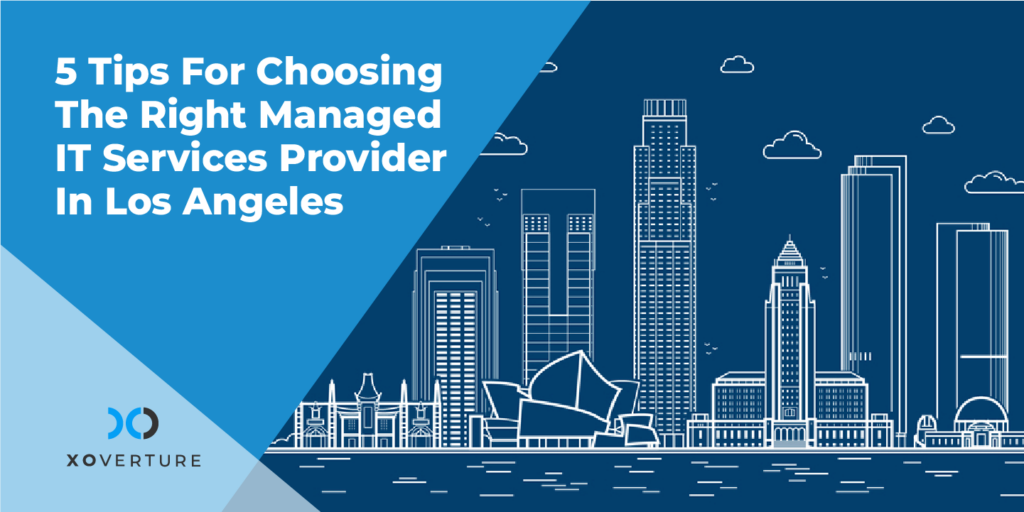Going remote is a smart business decision.
A remote workforce can lower overhead expenses, boost productivity, and improve employee performance. Even better, you could have happier and more productive employees on your team. Better client experiences and profitability are the greatest advantage of going remote.
And who doesn’t want that?
Remote work has a competitive advantage. That’s because it’s often associated with improved work-life balance, which results in more contented and healthy teams. Additionally, remote businesses are able to hire the best talent available without regard to location.
Let’s get into some of the details about having a remote workforce and how to successfully transition into being remote.
Move Assets To The Cloud
Leverage the cloud! It is a secure approach to implementing a remote work culture in your company. Cloud computing delivers both shared resources and dedicated servers with complete security because it was designed with cybersecurity in mind. To add an extra layer of security when using cloud computing and remote working, you can set up specialized security measures like user authorization, data encryption, and more. It makes it easier to manage sensitive data that could get into the wrong hands if you work for a remote company. Implementing cloud computing and remote working is a challenging feat if you’ve not done it before. Consequently, consulting cloud professionals is the best course of action.
Benefits of moving to the cloud
- Seamless accessibility
- Flexible scalability
- Optimized spending
- Improved security
- Better compliance
Set Up Remote Monitoring And Management
You can easily stay updated on your remote employees if you implement the right employee monitoring software. These programs keep track of and keep a watch on the amount of time a remote worker spends on a given task, website, or app. This gives you a better understanding of their activities while at work.
RMM software is designed to assist IT administrators, in streamlining their organization-wide remote device and endpoint management. When it comes to the time and resources needed to manage and provision a large number of devices, IT administrators, or even Managed Service Providers (MSPs), that provides managed IT services to other businesses, can greatly benefit from the RMM software.
You can choose from the following software to monitor and manage your remote worker:
Distribute End-user Hardware
It’s critical to establish policies for providing equipment to remote workers now that remote work has become the standard practice for many businesses. With a consistent strategy, you may prevent confusion, save time, and avoid having to reinvent the wheel every time a piece of equipment breaks or needs to be upgraded.
Your policy should be customized to your company’s demands and the specific work responsibilities performed by remote employees. Some workers could require specific tools, software, or other items that are not necessary for all roles.
According to a report, about 16% of global companies in 2021 are remote. And remote work is going to become the default working arrangement in the years to come, we predict.
Hardware You Must Provide To Your Remote Worker
- Laptop/PC
- Fast speed internet connection or reimbursement for the same
- Headsets
- Work tables and chairs (if the remote worker requests it)
Educate Employees On Proper Home Security
Although companies may find remote work advantageous or essential for the functioning of their business, it is clear that one of the major drawbacks is the inherent security risks it entails. Fortunately, businesses can minimize these risks by following the industry’s best practices for securing their systems and data, even when employees work remotely.
Conduct sessions to educate users on proper home security. Here’s what you can ask them to do:
- Use strong passwords
- Use a password manager
- Encrypt your device (if they can’t do it themselves, help them do it)
- Use a VPN
- Install regular updates
- Be aware of phishing
- Lock your device
- Get antivirus software
Shut Down Onsite Assets
Low or no running costs are by far remote work’s greatest benefit. This is mainly because of the fact that no one is physically working in the office using equipment like computers, desks, and office supplies.
If you plan to take your business the remote way you must shut down onsite assets to eliminate lease expenses, office furnishing, utilities, supplies, upkeep, repair, and other fees that may add up rather quickly.
Finally
Working remotely may not be an ideal situation. However, companies are coming up with innovative solutions to deal with its challenges. Team members are more likely to be productive while working remotely if effective communication is prioritized, interruptions are minimized, and work-life balance is encouraged.
A business is based on trust. Building remote teams on a foundation of trust are important. Some of the challenges of remote work can be solved by relying on trust in the lack of physical presence.
If you need help going remote, we can help you!




